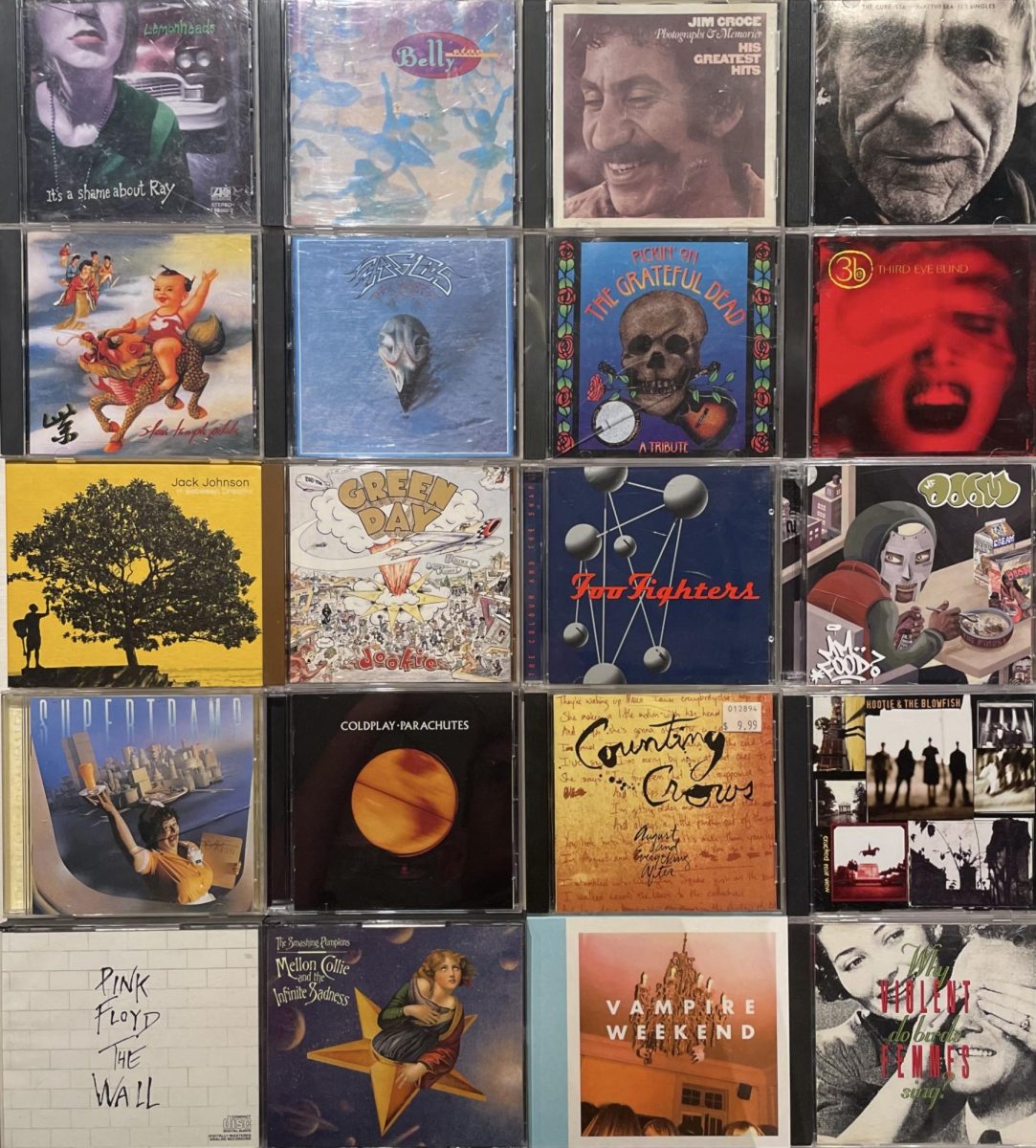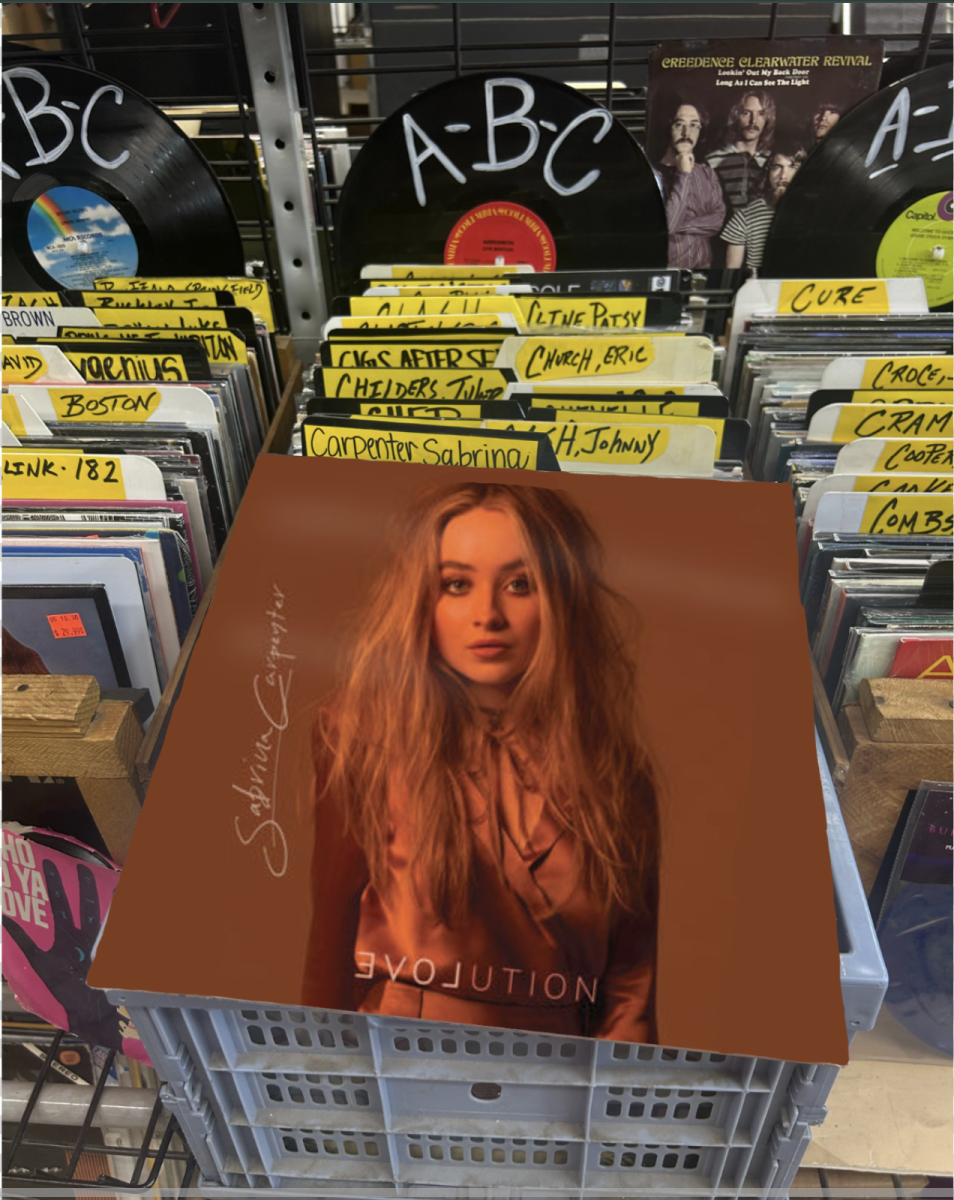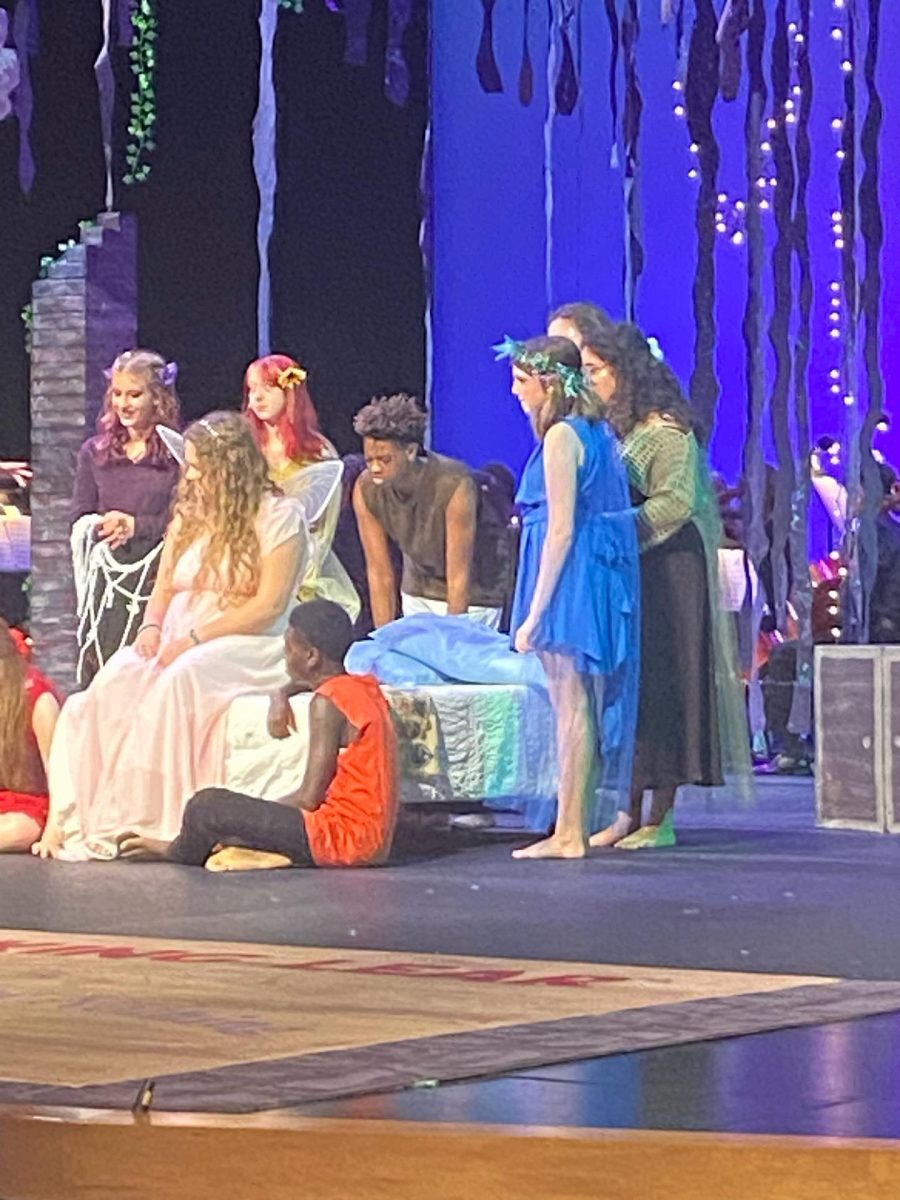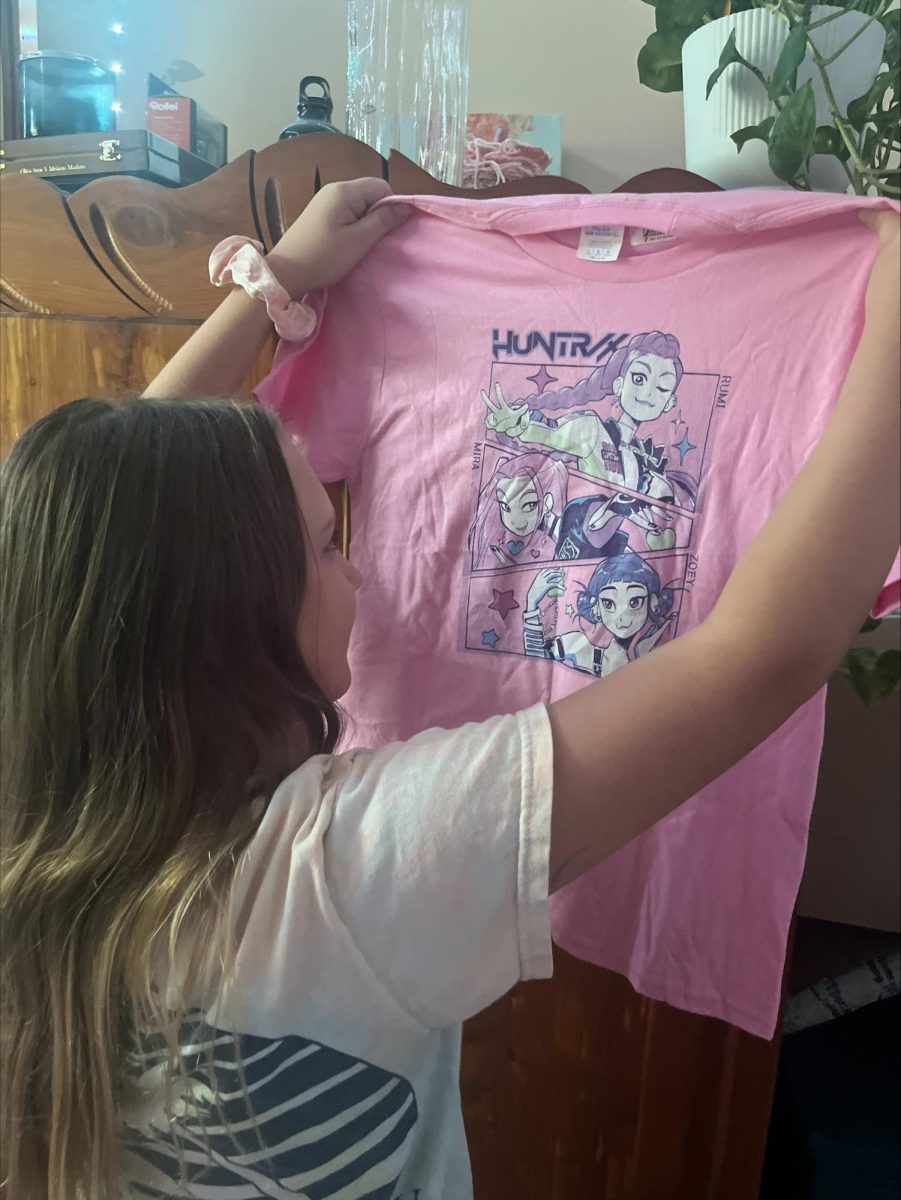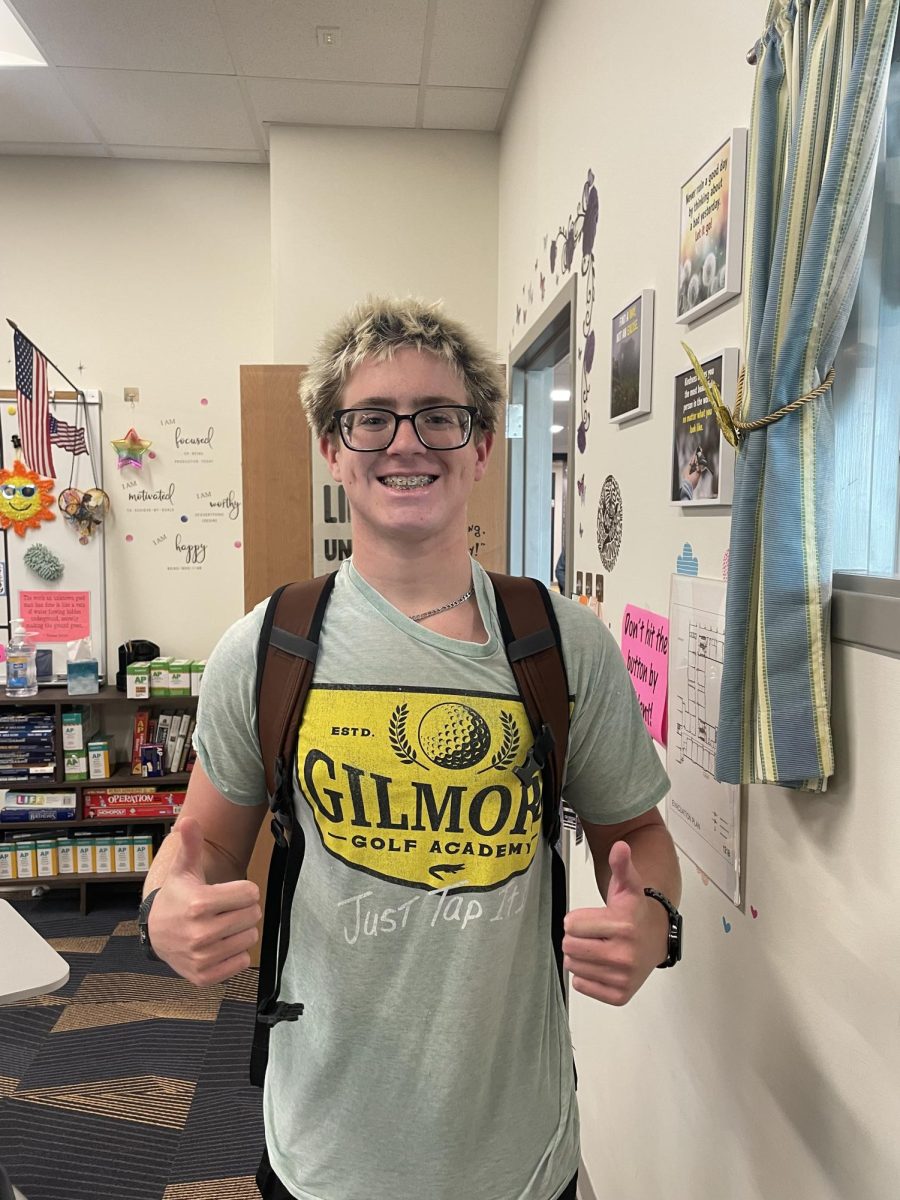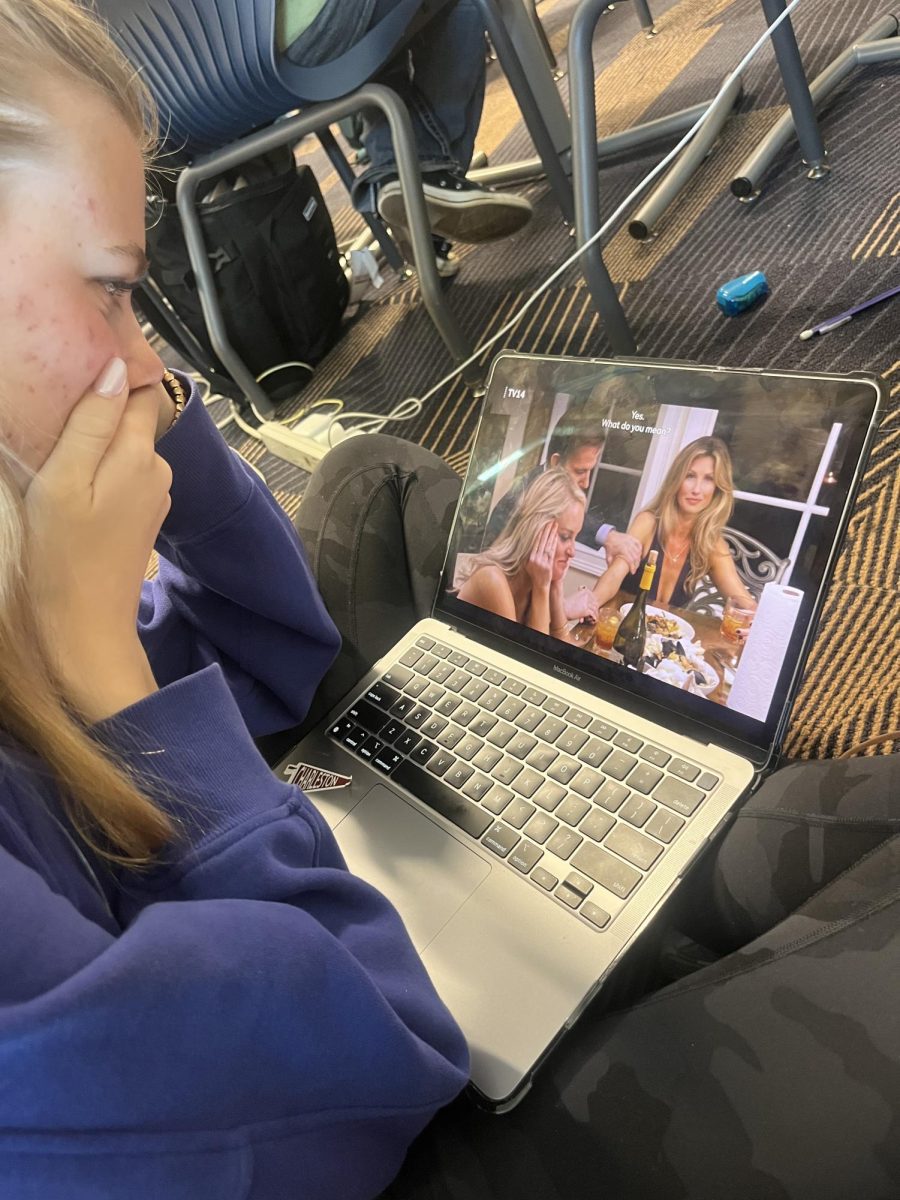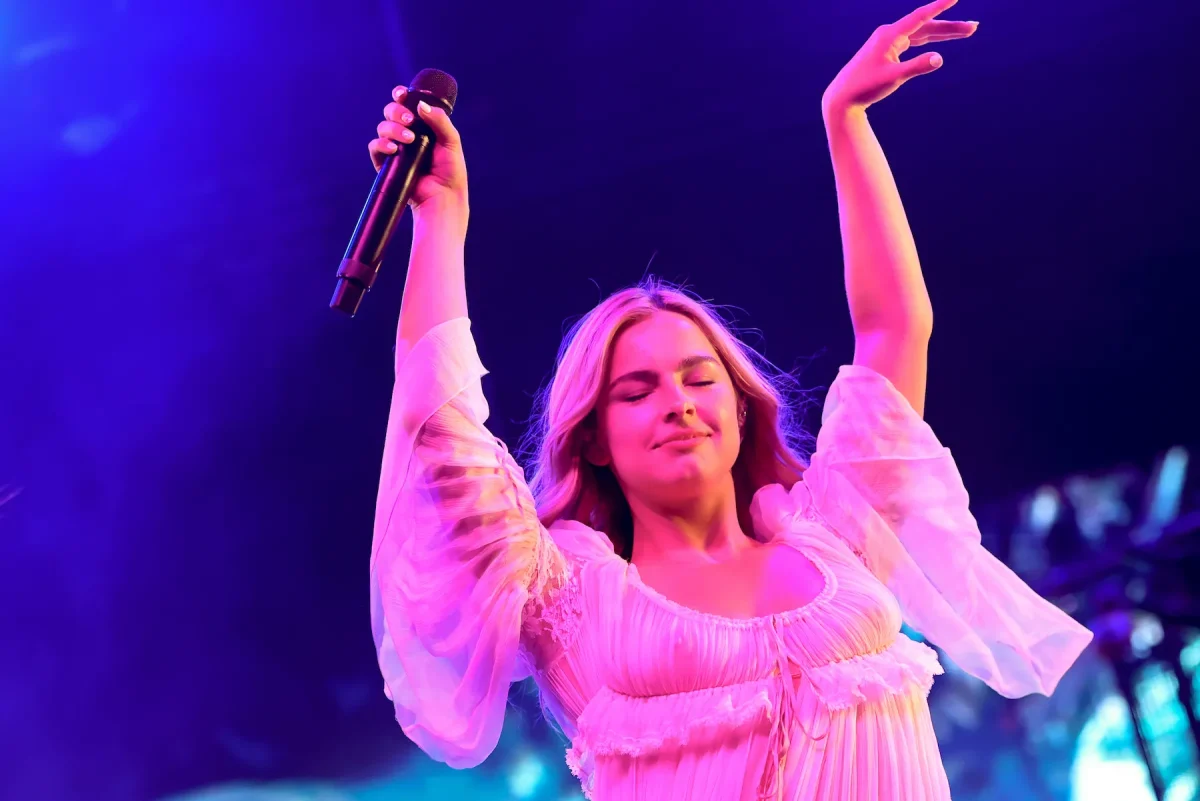When thinking about the history of music, what often comes to mind are old music legends and the genres that they popularized during their time. Certain music defined different eras, like rock and roll in the ’50s and ’60s, featuring legends like Elvis Presley and The Beatles, or pop in the ’80s, with artists like Michael Jackson and Madonna.
James Pryor (11), an avid music fan, shared a music era he enjoys.
“My favorite era would be ’90s grunge. The grunge artists I enjoy the most are Alice in Chains, Stone Temple Pilots, Nirvana, Soundgarden and Temple of the Dog,” Pryor said.
Different decades and time periods in the past have been labeled under certain genres or eras. Looking at today’s day and age, though, it seems like currently there is no definitive genre or era like there was in the past. This may seem odd, but there is an explanation.
Rick Beato, a prominent music producer and instrumentalist who has interviewed countless renowned musicians, says that in the past, genre-defined eras existed because mass media, like radio, TV and print media, was coordinated with major labels who controlled the distribution of music, creating dominant genres or eras of music during that time.
Andrew Fischer, a social studies teacher at Spartanburg High School who also has a background in music, perfectly describes this phenomenon of how eras and dominant genres were produced.
“Everyone who liked music had a common group of artists that they all knew, basically because studios and radio stations ‘told you’ what to listen to. So, unless you frequented small music venues or independent music stores, you were stuck with listening to the same stuff that everyone else in the country was,” Fischer said.
In recent decades, however, new developments, like Spotify and Apple Music, have changed the way that music is discovered and listened to. Instead of certain labels or major distributors strictly putting out popular genres or similar styles of music, these new platforms are open for users to explore any type of music they want to listen to. Any artist or any genre can be accessed at any time nowadays. In addition, these platforms may also give users suggestions for new genres of music that may be adjacent to ones they commonly listen to.
Amelia Phillips (11) uses Spotify and notes these features that expand user discographies through specially designed playlists.
“Sometimes I feel like they put random songs on [the designed playlists] that don’t exactly go with the genre,” Phillips said.
These platforms expose users to various types of music and genres that may differ from what they normally listen to. These features have been welcomed to varying degrees, with some users enjoying the expansion of their music taste, while others still oppose too much change.
Even with mixed reviews, these platforms undeniably do one thing that’s completely different compared to the past: they ensure that singular genres or artists aren’t solely promoted. This allows all types of music to be heard and gives any artist or genre room for their own spotlight and influence.
As so many artists and genres influence the music world now, many styles may blend, making genres less particular and distinct. Beato coined this as a “post-genre world.” These platforms make it so there is no one dominant genre or style of music, eliminating the creation of a titular era that defines today’s time.


